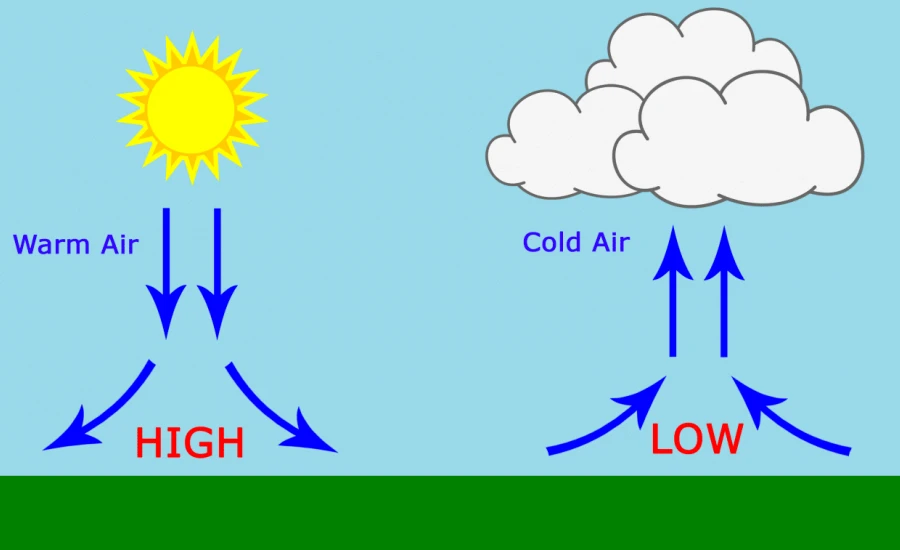
# Ambient Pressure Definition and Its Importance in Science
## What Is Ambient Pressure?
Ambient pressure refers to the pressure of the surrounding environment at a given location. It is the force exerted by the atmosphere or any other surrounding medium on objects within it. Typically measured in units like pascals (Pa), atmospheres (atm), or pounds per square inch (psi), ambient pressure varies depending on factors such as altitude, weather conditions, and depth in liquids.
In everyday terms, ambient pressure is what we experience as “normal” atmospheric pressure at Earth’s surface, approximately 101.325 kPa or 1 atm at sea level. However, this value decreases with increasing altitude and increases when descending below sea level (such as underwater or underground).
## How Ambient Pressure Is Measured
Scientists and engineers use various instruments to measure ambient pressure:
– Barometers – Measure atmospheric pressure
– Pressure gauges – Used in industrial and laboratory settings
– Submersible sensors – For underwater pressure measurements
These tools help quantify the force exerted by the surrounding environment, which is crucial for numerous scientific and practical applications.
## The Importance of Ambient Pressure in Science
Ambient pressure plays a critical role in multiple scientific disciplines:
### 1. Physics and Engineering
Pressure differentials drive many physical processes and mechanical systems. Understanding ambient pressure is essential for:
– Aerodynamics and aircraft design
– Hydraulic systems
– Vacuum technology
– Weather pattern analysis
### 2. Chemistry
Chemical reactions are significantly influenced by pressure conditions:
– Reaction rates often change with pressure
– Phase transitions (like boiling points) depend on ambient pressure
– Industrial chemical processes require precise pressure control
### 3. Biology and Medicine
Living organisms are adapted to specific pressure ranges:
– Human physiology responds to pressure changes (e.g., altitude sickness)
– Deep-sea organisms withstand extreme pressures
– Medical equipment like ventilators must account for ambient pressure
### 4. Earth Sciences
Pressure variations help explain geological and atmospheric phenomena:
– Weather systems form due to pressure differences
– Ocean currents are influenced by pressure gradients
– Volcanic activity relates to subsurface pressure changes
## Practical Applications of Ambient Pressure Knowledge
Understanding ambient pressure has led to numerous technological advancements:
– Aviation: Cabin pressurization systems maintain safe conditions at high altitudes
– Diving: Equipment compensates for increasing underwater pressure
– Meteorology: Pressure measurements help predict weather patterns
– Industrial processes: Many manufacturing techniques require controlled pressure environments
– Space exploration: Spacecraft must withstand vacuum conditions
## Conclusion
Ambient pressure is a fundamental environmental parameter that affects nearly every aspect of our physical world. From the air we breathe to the technologies we develop, pressure conditions shape both natural phenomena and human innovation. As science continues to explore extreme environments—from deep ocean trenches to outer space—understanding ambient pressure remains crucial for advancing knowledge and developing new technologies.
Keyword: ambient pressure definition